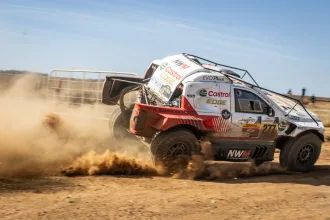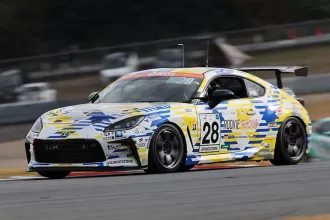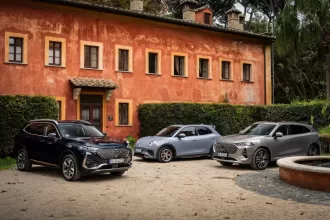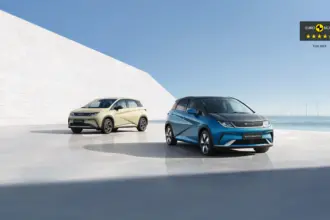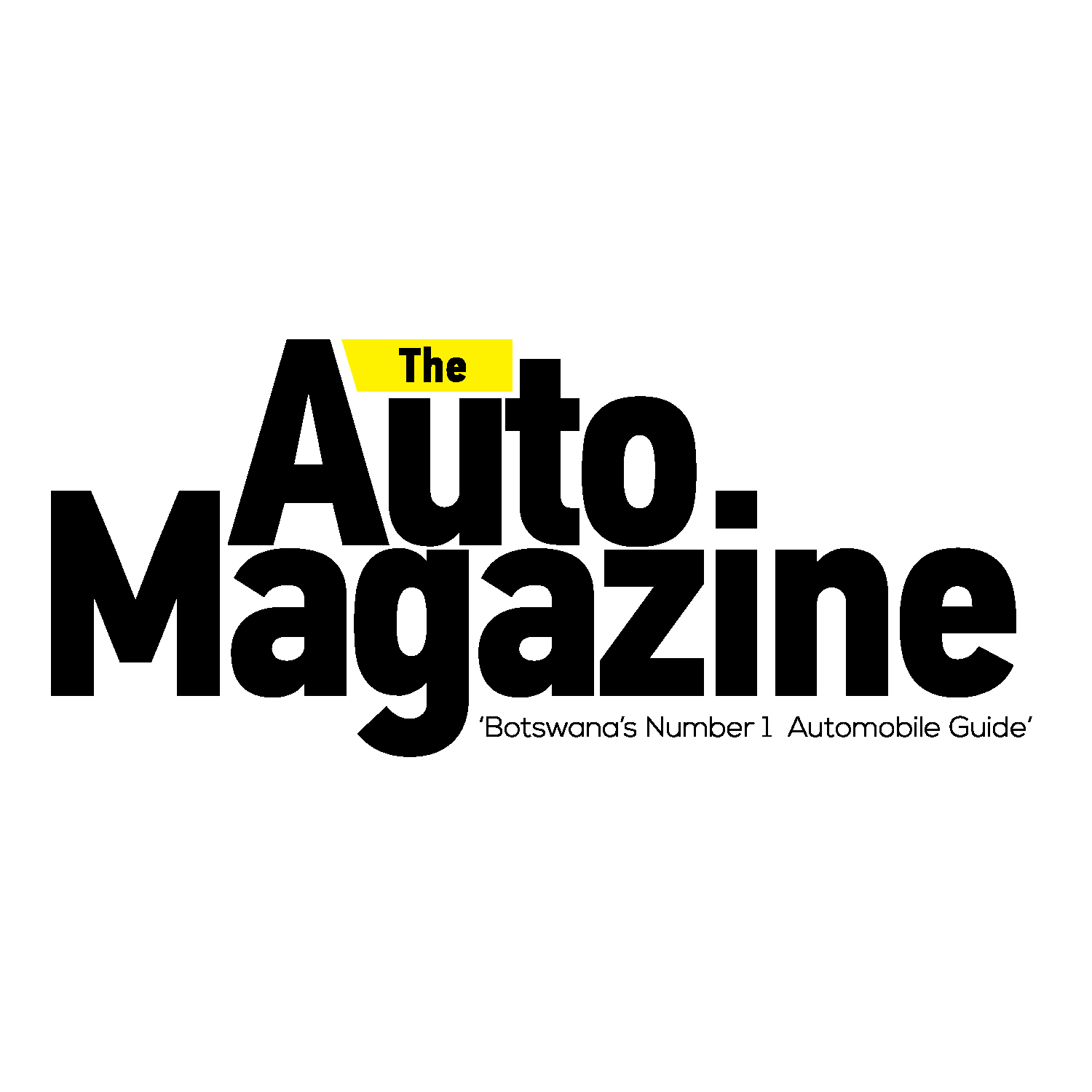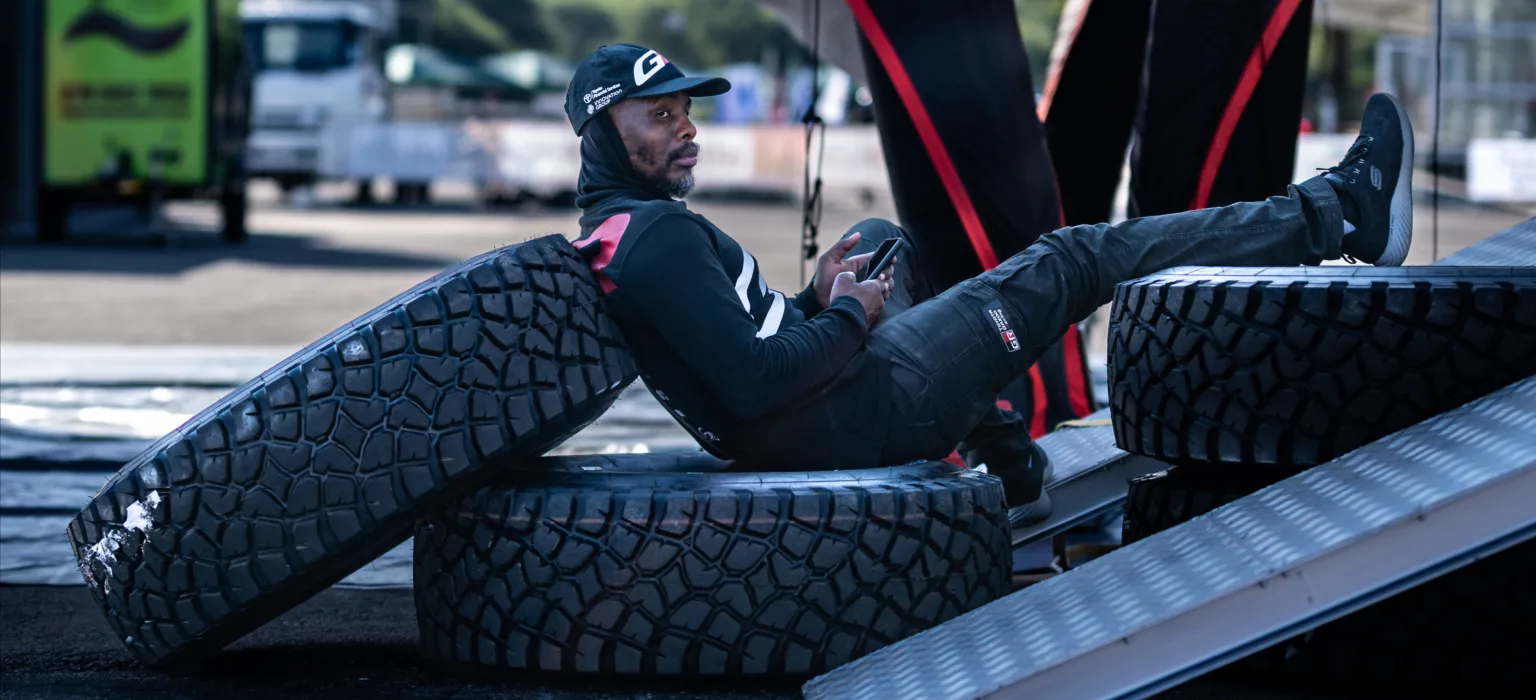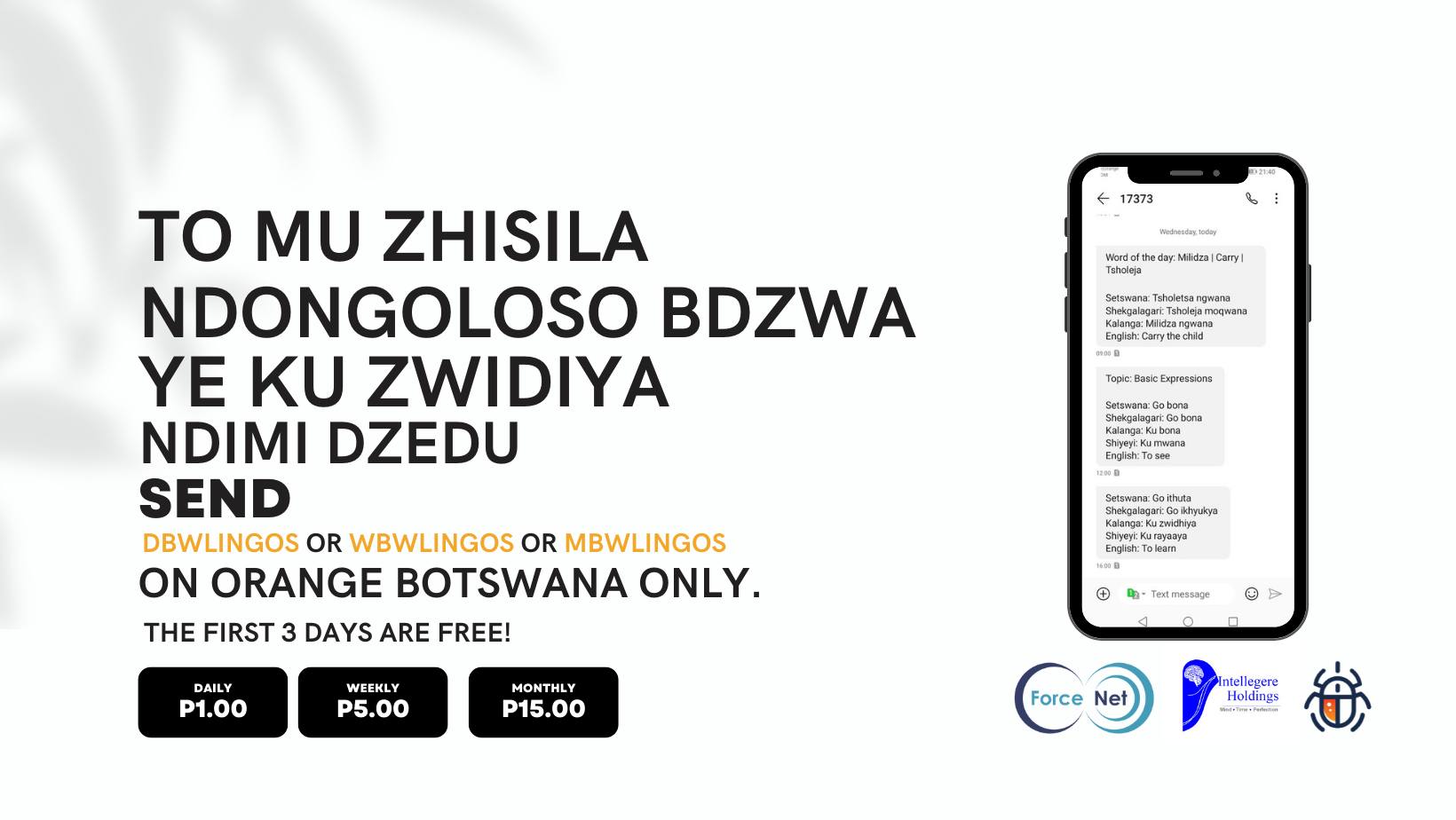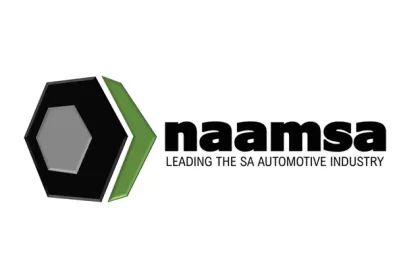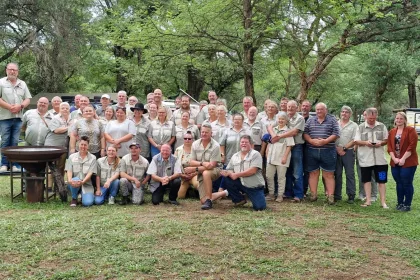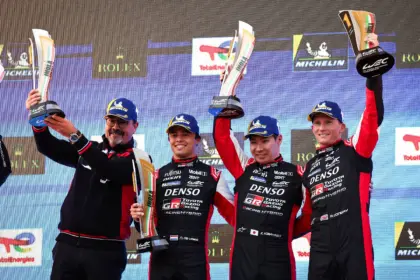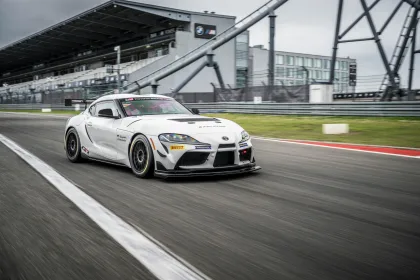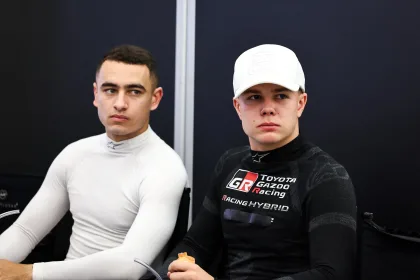After months of demanding preparation and intense logistics, the world’s best rally-raid teams are on-site in Sun City, South Africa, having completed three busy days of build-up and pre-event testing before the start of Round 3 of the World Rally-Raid Championship (W2RC).
With its proud off-road racing legacy, having produced several Dakar winners and hosted the last phase of the 1992 Dakar, South Africa is thrilled to host its first W2RC event – the South African Safari Rally, brought to you by Toyota Gazoo Racing.
The quality of competitors who have journeyed to South Africa to test themselves against the country’s testing North West terrain is unquestionable – including a formidable line-up of W2RC champions and multiple Dakar Rally winners on two and four wheels. After the first test sessions, excitement is building towards Monday’s opening prologue.
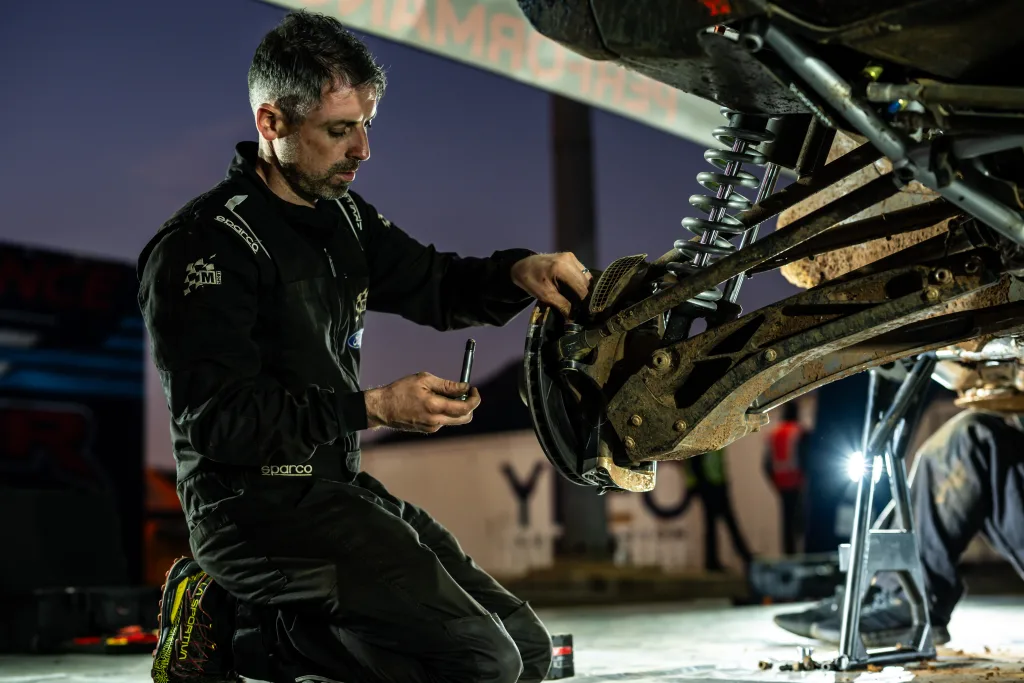
Happy to be back in South Africa
Five-time Dakar winner and W2RC series leader, Nasser Al Attiyah and navigator Edouard Boulanger, will be favourites in their Dacia Sandrider. Al Attiyah is not unfamiliar with Southern African conditions, having previously tested in both Namibia and South Africa’s Northern Cape. The Qatari racer is confident after the initial shakedown test for the South African Safari Rally. “I have good memories of South Africa and always like a new round in the championship. The South African will have some local knowledge, but we are here to push for the win, mainly to have a good score for the championship. That means we must survive the first few stages and push on to the last two. The car is amazing. We have been testing since our arrival, and we’ve changed some things. We have a good set-up for this race.”
Sébastien Loeb, the greatest WRC driver in history with nine consecutive championships, will be Al Attiyah’s teammate for The Dacia Sandriders at the South African Safari Rally, and is accompanied by navigator Fabian Lurquin. Loeb’s legacy WRC skills could prove a significant advantage in some of the fast, narrow, bushveld stages which could reward his precision rally driving, as opposed to the open desert racing at the previous W2RC round at the Abu Dhabi Desert Challenge.
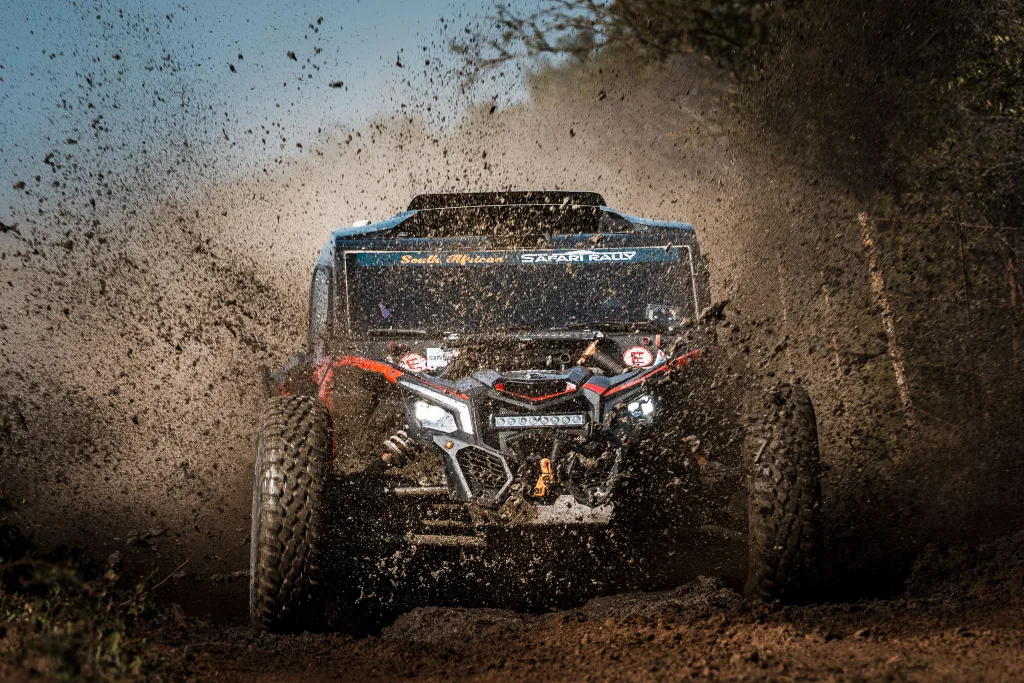
Two Dakar legends, Carlos Sainz and Nani Roma, with six wins between them, will be deploying their experience to secure a strong showing for Ford’s M-Sport Raptor. Their navigators are Lucas Cruz and Alex Haro, respectively.
Strong South African presence
The youngest-ever Dakar stage winner, Saood Variawa, is one of the local favourites at the South African Safari Rally, as part of Toyota Gazoo Racing South Africa with navigator François Cazalet. “We’ve done a lot of testing and a lot of work with upgrades, and I’m really happy with the car,” he said. “Being at our home race with everyone from the Dakar, as a South African, is something to feel proud of. I’ve done a lot of racing in this terrain; the route can get narrow and fast. I think Loeb will be fast because he’s used to rally roads.”
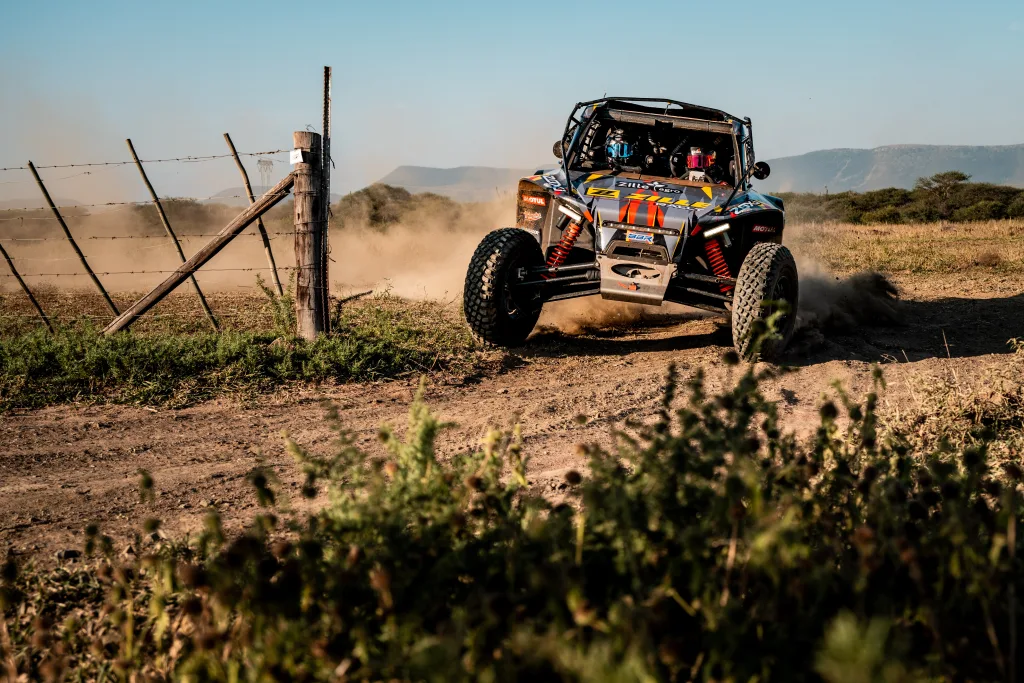
Since this year’s Dakar Rally in January, Henk Lategan and Brett Cummings have switched teams and are competing with the European-based Toyota Gazoo Racing squad, but they remain serious contenders in the proven Hilux. “I just feel happy to be back in the car. It feels like a long time since I’ve been in a racing car since the last stage of Dakar, and it’s great to be racing in my own country. I know the type of roads and terrain, but local knowledge isn’t everything. Strategy is. If you are in the wrong position, at the wrong time, you can trip yourself up,” Lategan said.
Local hero and former Dakar winner Giniel de Villiers will be in the thick of the action too and a strong contender based on his vast experience internationally, and in the local terrain. He made the switch this year to the South African #TeamHilux squad, and will have Leander Pienaar navigating for him.
Botswana’s best predicts a tough route
Ross Branch will be a favourite in the bike category, with terrain in the North West province being very similar to his home, in bordering Botswana. “I’m happy to welcome everyone to Southern Africa. It’s really nice to be racing at home, with the number ‘1’ on my bike.
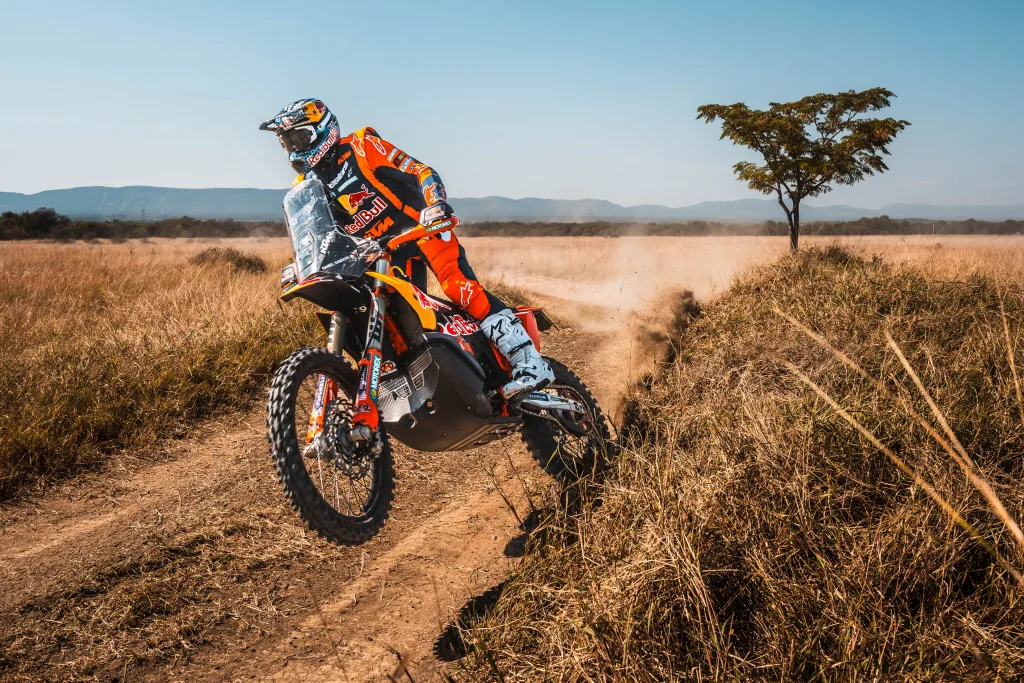
The Hero Motosports rider cautions that the route and African animals will bring a new challenge to international racers: “The wildlife will be tough; the bush is very thick, and you don’t see the animals easily. There will be a lot of terrain changes on a single stage. It’s not just an open desert where you can see everything,” he said.
American Monster Energy Honda HRC rider, Ricky Brabec, confirmed Branch’s feeling after his test session: “The course will be technical. You can’t miss any corners because there are many fences and animals everywhere. I think here, slower is faster, just being smooth. It’s not the open dessert. There’s no room for mistakes.”
The weekend’s test sessions have helped familiarise and create some terrain recognition for the large contingent of international racers. Route surface and terrain types at the South African Safari Rally differ wildly from Round 2 of the W2RC, in Abu Dhabi. Towering dunes and open deserts are replaced with tight bushveld trails, rocky mountain trails, and high-speed treelined sections, with significant route deviation consequences.
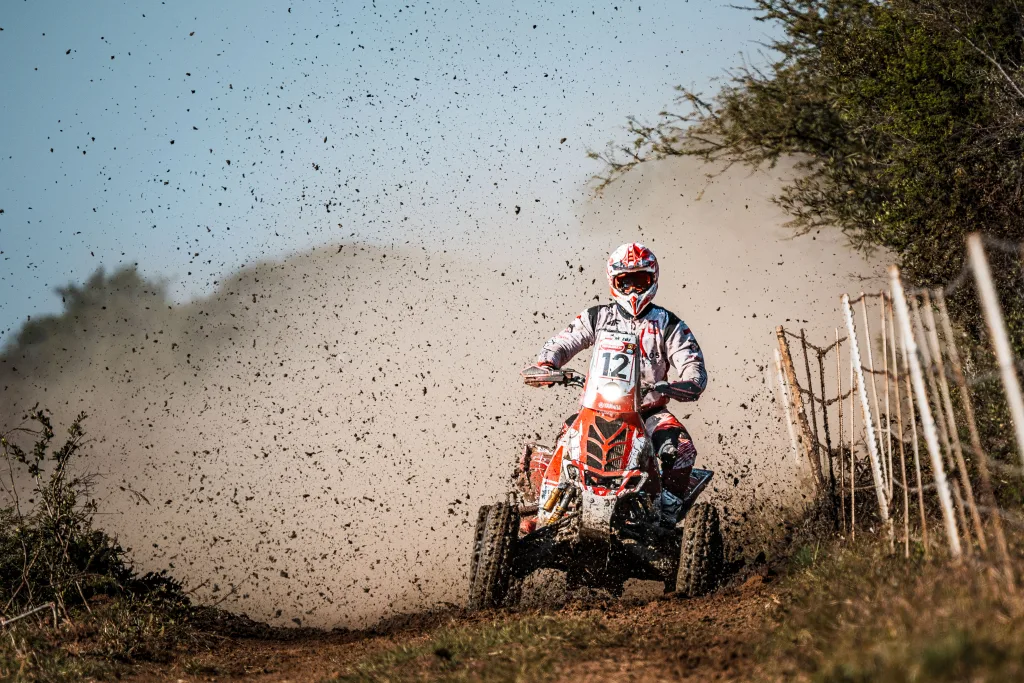
Racing starts with a brief but intense 9km prologue on Monday, 19 May, followed by five days of Selective Sections, or competitive stages, culminating in the final stage on Saturday.
Stage 1’s sand and high-speed farm dual tracks towards Lichtenburg, will test racers over 262 km, followed by Stage 2’s rawer terrain, around Barberspan, totalling 352 km. Stage 3 is a high-speed special of 253 km in the Stella area, followed by 224 km special into the Skilpadshek region, where rocky mountain trails will test tyre vulnerabilities.
The South African Safari Rally finishes with Stage 5 on 24 May. A 118 km looping spring, through the typical red dust North West farmland, finishes at Sun City.
Altitude and the impact of heavy recent rain
Similar to parts of the Saudi Dakar route, altitude could be a technical challenge of the 2025 South African Safari Rally. The Sun City race village is at more than 1000 m of elevation, and the lower air density might influence teams that run naturally-aspirated engines. The overall route is at a much higher altitude than the W2RC’s previous event, in Abu Dhabi.
Although most of the FIA Ultimate (T1+) teams are running turbocharged engines, which are less vulnerable to power losses at altitude, the Ford M-Sport Raptor, with its 5.0-litre naturally-aspirated V8, is the outlier. For the bike competitors, altitude will influence all.
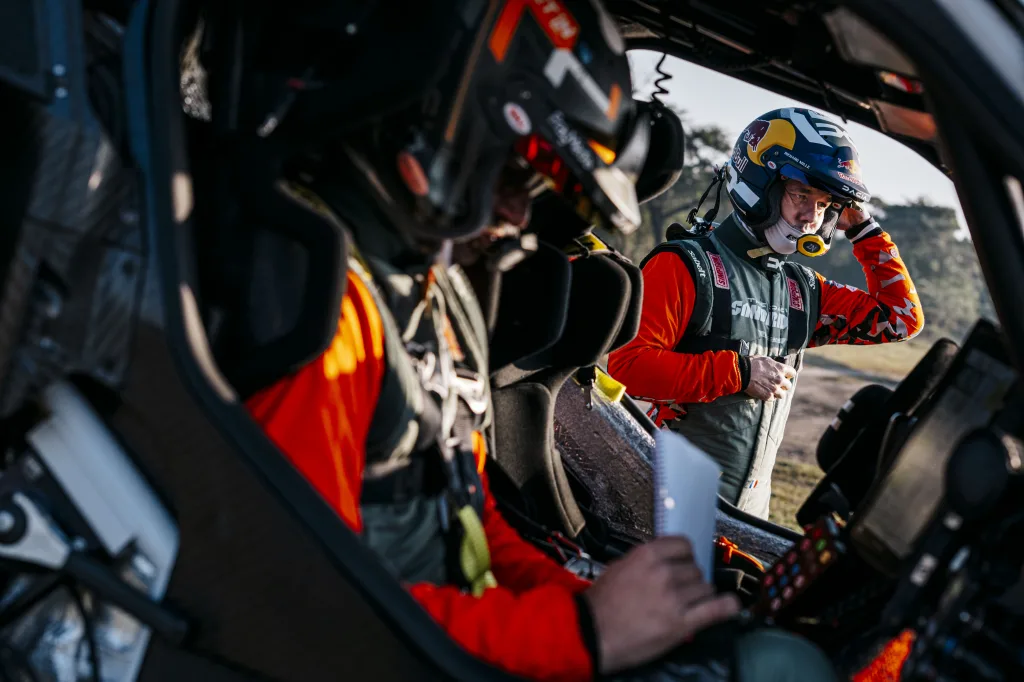
Weather influences route surface and dust dynamics, and South Africa’s North West province received abundant late rain during its summer rainfall season leading up to this event. Although the weather prediction is for mild, dry, autumn conditions, without any unseasonal rain, dust formation and drainage ruts from the recent heavy downpours will challenge all competitors at the 2025 South African Safari Rally.
After the weekend’s test sessions, W2RC championship leader, Al Attiyah was philosophical regarding the weather and dust. ‘It’s South Africa. The ground will be hard. But there’s been a lot of rain in this area this year, so the dust could be less of an issue.”

